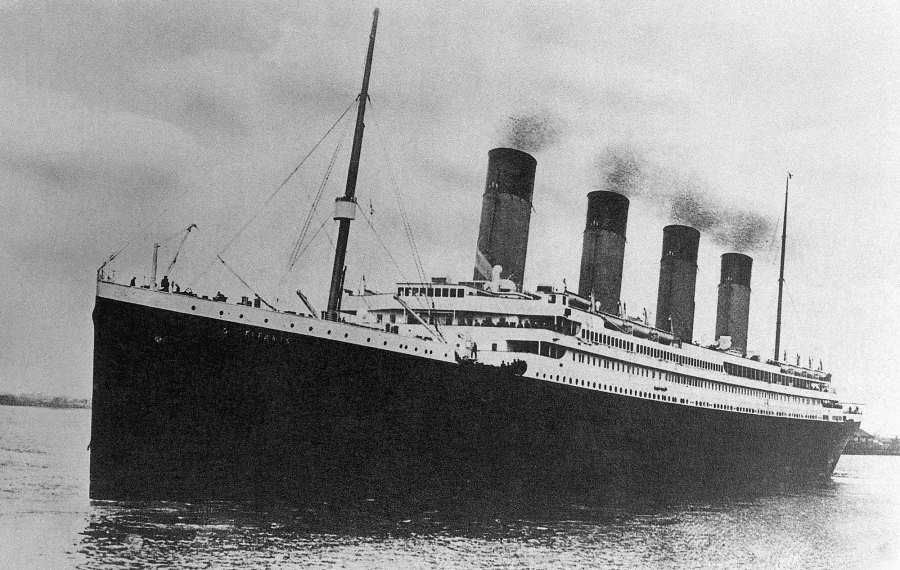In July 2024, oceanographers, scientists, and historians recently went on an expedition to go back to visit the Titanic site since 2010. The expedition took several hundred hours, and they captured over 2 million photos of the wreckage. There have been nine different expeditions to go visit the shipwreck since 1987. There have been seven expeditions since, leading up to the most recent one in 2024. Each expedition that the researchers have gone on has been valued differently by gathering different historical items that had a different insight and meaning.
According to Kibin.com, the Titanic was considered “the ship of dreams,” or others called her, the “unsinkable ship.” The ship was the largest steam engine ever built and largest ship ever built in the world by man. It set sail April 10, 1912, and later sank from an iceberg on April 15, 1912. The ship’s construction plans started in 1909 by the ship-building company Harland & Wolff and took about two years to build the ships. During the construction, eight workers died in the process.
There was only one Titanic built, but it had two sister ships named Britannic and the Olympic. The ships were identical but had minor changes to them. They were meant to be the most luxurious ships that ever set sail. The Titanic ship cost approximately $7,500,000 and was 882.9 feet long, 92.6 feet wide, and weighed about 46,329 tons.
The technology that the researchers used was high-tech to focus on imaging and photographing the ship to preserve the legacy of the shipwreck. To go visit the wreck the oceanographers used ROVs (remotely operated vehicles) to safely explore the site without causing any destruction. The images the vehicles captured revealed new important discoveries about the ship’s condition and how slowly it has been decaying.
In June 2023, a diving company named Oceangate went on an expedition to visit the Titanic. According to As.com, there were five people aboard the experimental submarine that later had a catastrophic implosion, killing everyone aboard because of immense pressure on the way down.
Marine science teacher Ms. Rue states, “I think it’s so interesting for marine science, archaeology, and history to study the Titanic wreckage. With regards to the Oceangate disaster, the company was repeatedly warned that their vessel was not sea-ready and they went anyway, costing the lives of people unnecessarily.”
According to the Washington Post, the researchers from the July expedition recently rediscovered “Diana of Versailles.” which is a two-foot-tall bronze statue of a Roman Goddess. They found her precise location and photographed the statue. They researchers also found a section of the railing from the Titanic’s bow that had fallen to the seafloor. This expedition has been the clearest view of the decaying ship that has been possible because of the new technology. The team of about 50 did not salvage any artifacts, but instead spent nearly three weeks photographing millions of photos. The cameras they used were high-tech and would be higher quality than the 2010 photos since last taken. The team plans to scan the wreckage and compare the photos to see what has changed in the last 14 years that can help benefit future recoveries.
The past expeditions will later benefit future discoveries and scientific research. All of the photos taken will provide insight of the Titanic’s history and its significance. It will ensure that the memory and its artifacts are persevered safely. Future discoveries may help scientists learn more about the wreckage and what happened.
Image: Google.com






































